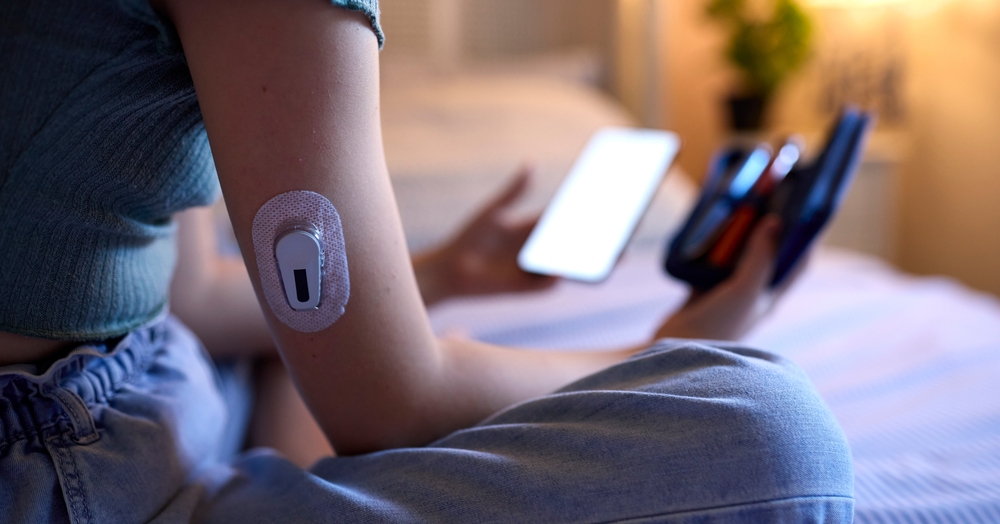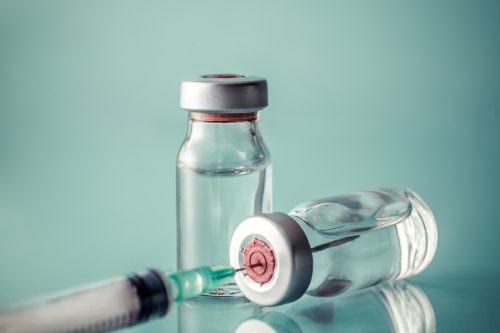
A recent retrospective, single-center study published in Diabetes Research and Clinical Practice found a high incidence of skin reactions to adhesive devices used in the treatment of type 1 diabetes in children, specifically continuous subcutaneous insulin infusion (CSII) or continuous glucose monitoring (CGM).
The study, which included 198 children with type 1 diabetes, involved the completion of a standardized questionnaire during their ongoing care. This questionnaire aimed to evaluate the frequency and nature of skin reactions, their impact, and the treatments adopted. Furthermore, the study examined the demographic characteristics of children who experienced these skin reactions, employing both univariate and multivariate analyses.
The findings revealed that approximately 33.8% of the patients reported active skin reactions. Among this group, 30.4% of the skin reactions were associated with CSII and 23.5% with CGM. Interestingly, pediatric patients who experienced skin reactions were generally younger, with a mean age of 10.6 years compared with 12.34 years in the unaffected group. Additionally, these patients were diagnosed with diabetes at an earlier age, with an average age of 5.59 years compared with 7.08 years in those without skin reactions.
The study also assessed the impact of atopy, with 76.1% of the children with skin reactions having a history of atopic conditions compared with 54.1% in the group without reactions. A multivariate analysis highlighted the significant association between a personal history of atopy and skin reactions, with an odds ratio of 2.56.
This study underscores the notable incidence of skin reactions caused by adhesive devices used in the treatment of type 1 diabetes in children. The findings emphasize the importance of considering skin-related challenges when utilizing CSII and CGM technologies. It further highlights the relevance of assessing a child’s history of atopy as a predictive factor for skin reactions.







 © 2025 Mashup Media, LLC, a Formedics Property. All Rights Reserved.
© 2025 Mashup Media, LLC, a Formedics Property. All Rights Reserved.